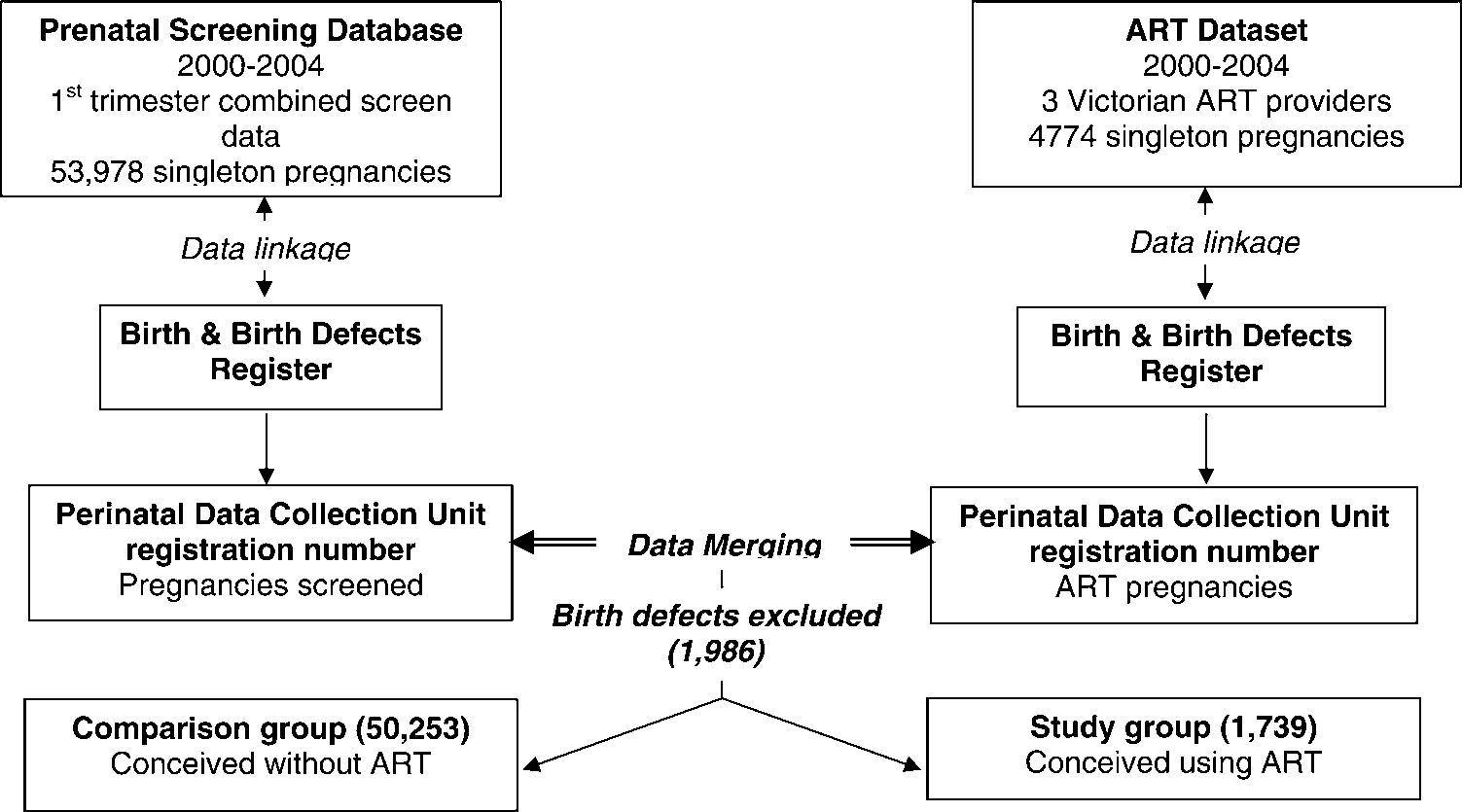3412 red - far red meter
Red/Far-Red Light Meter PRODUCT MANUAL Thank you for purchasing a Field ScoutTM Red / Far Red Me- ter. This manual describes its features and operation. Using the Meter 1. Press the ON/OFF button to turn the meter on or off. When first turned on, the display will show the current battery level. 2. Press the READ button to take a light reading. The meter will measure the inciden
 Human Reproduction, Vol.24, No.6 pp. 1330 – 1338, 2009
Advanced Access publication on February 26, 2009
Pregnancies conceived using assistedreproductive technologies (ART) havelow levels of pregnancy-associatedplasma protein-A (PAPP-A) leading toa high rate of false-positive resultsin first trimester screeningfor Down syndrome
D.J. Amor1,2,3,4,8, J.X. Xu1,2, J.L. Halliday1,2, I. Francis3, D.L. Healy5,6,
S. Breheny5,6, H.W.G. Baker4,7, and A.M. Jaques1
1Murdoch Childrens Research Institute, Royal Children’s Hospital, Parkville, Victoria, Australia 2Department of Paediatrics, University ofMelbourne, Melbourne, Victoria, Australia 3Victorian Clinical Genetics Services, Royal Children’s Hospital, Parkville, Victoria, Australia4
Melbourne IVF, East Melbourne, Victoria, Australia 5Department of Obstetrics and Gynaecology, Monash University, Clayton, Victoria,
Australia 6Monash IVF, Richmond, Victoria, Australia 7Department of Obstetrics and Gynaecology, University of Melbourne, Royal Women’sHospital, Parkville, Victoria, Australia
8Correspondence Address. Murdoch Childrens Research Institute, Royal Children’s Hospital, Flemington Rd, Parkville 3052, Australia.
Human Reproduction, Vol.24, No.6 pp. 1330 – 1338, 2009
Advanced Access publication on February 26, 2009
Pregnancies conceived using assistedreproductive technologies (ART) havelow levels of pregnancy-associatedplasma protein-A (PAPP-A) leading toa high rate of false-positive resultsin first trimester screeningfor Down syndrome
D.J. Amor1,2,3,4,8, J.X. Xu1,2, J.L. Halliday1,2, I. Francis3, D.L. Healy5,6,
S. Breheny5,6, H.W.G. Baker4,7, and A.M. Jaques1
1Murdoch Childrens Research Institute, Royal Children’s Hospital, Parkville, Victoria, Australia 2Department of Paediatrics, University ofMelbourne, Melbourne, Victoria, Australia 3Victorian Clinical Genetics Services, Royal Children’s Hospital, Parkville, Victoria, Australia4
Melbourne IVF, East Melbourne, Victoria, Australia 5Department of Obstetrics and Gynaecology, Monash University, Clayton, Victoria,
Australia 6Monash IVF, Richmond, Victoria, Australia 7Department of Obstetrics and Gynaecology, University of Melbourne, Royal Women’sHospital, Parkville, Victoria, Australia
8Correspondence Address. Murdoch Childrens Research Institute, Royal Children’s Hospital, Flemington Rd, Parkville 3052, Australia. gestation and measures nuchal translucency (NT) by ultrasound at
We hypothesized that in pregnancies conceived using ART, factors
11 – 13 weeks gestation. These measurements are combined with
exist that are absent in natural conceptions, potentially influencing the
maternal age, weight and gestational age to produce a risk estimate
marker levels, and consequently, risk results of the first trimester com-
of the fetus having DS or trisomy 18 (T18) (Wald et al., 2003). For
bined screen. The aims of this study were to investigate in a large
pregnancies at increased risk, prenatal diagnostic testing, CVS or
population-based sample, the effect of ART on the individual
amniocentesis, can be offered. In the Victorian population, the sensi-
markers of the first trimester combined screen (fb-hCG, PAPP-A
tivity of the first trimester combined screen for DS is 91% (using a risk
and NT) and on the FPR. We also aimed to investigate the effect of
threshold of 1 in 300 at the time of ultrasound), with the proportion of
different ART modalities on these markers, and the impact of ART
unaffected pregnancies receiving an increased risk result (false positive
and screening results on the uptake of prenatal diagnostic testing
rate, FPR) being 3.9% (Jaques et al., 2007).
gestation and measures nuchal translucency (NT) by ultrasound at
We hypothesized that in pregnancies conceived using ART, factors
11 – 13 weeks gestation. These measurements are combined with
exist that are absent in natural conceptions, potentially influencing the
maternal age, weight and gestational age to produce a risk estimate
marker levels, and consequently, risk results of the first trimester com-
of the fetus having DS or trisomy 18 (T18) (Wald et al., 2003). For
bined screen. The aims of this study were to investigate in a large
pregnancies at increased risk, prenatal diagnostic testing, CVS or
population-based sample, the effect of ART on the individual
amniocentesis, can be offered. In the Victorian population, the sensi-
markers of the first trimester combined screen (fb-hCG, PAPP-A
tivity of the first trimester combined screen for DS is 91% (using a risk
and NT) and on the FPR. We also aimed to investigate the effect of
threshold of 1 in 300 at the time of ultrasound), with the proportion of
different ART modalities on these markers, and the impact of ART
unaffected pregnancies receiving an increased risk result (false positive
and screening results on the uptake of prenatal diagnostic testing
rate, FPR) being 3.9% (Jaques et al., 2007).